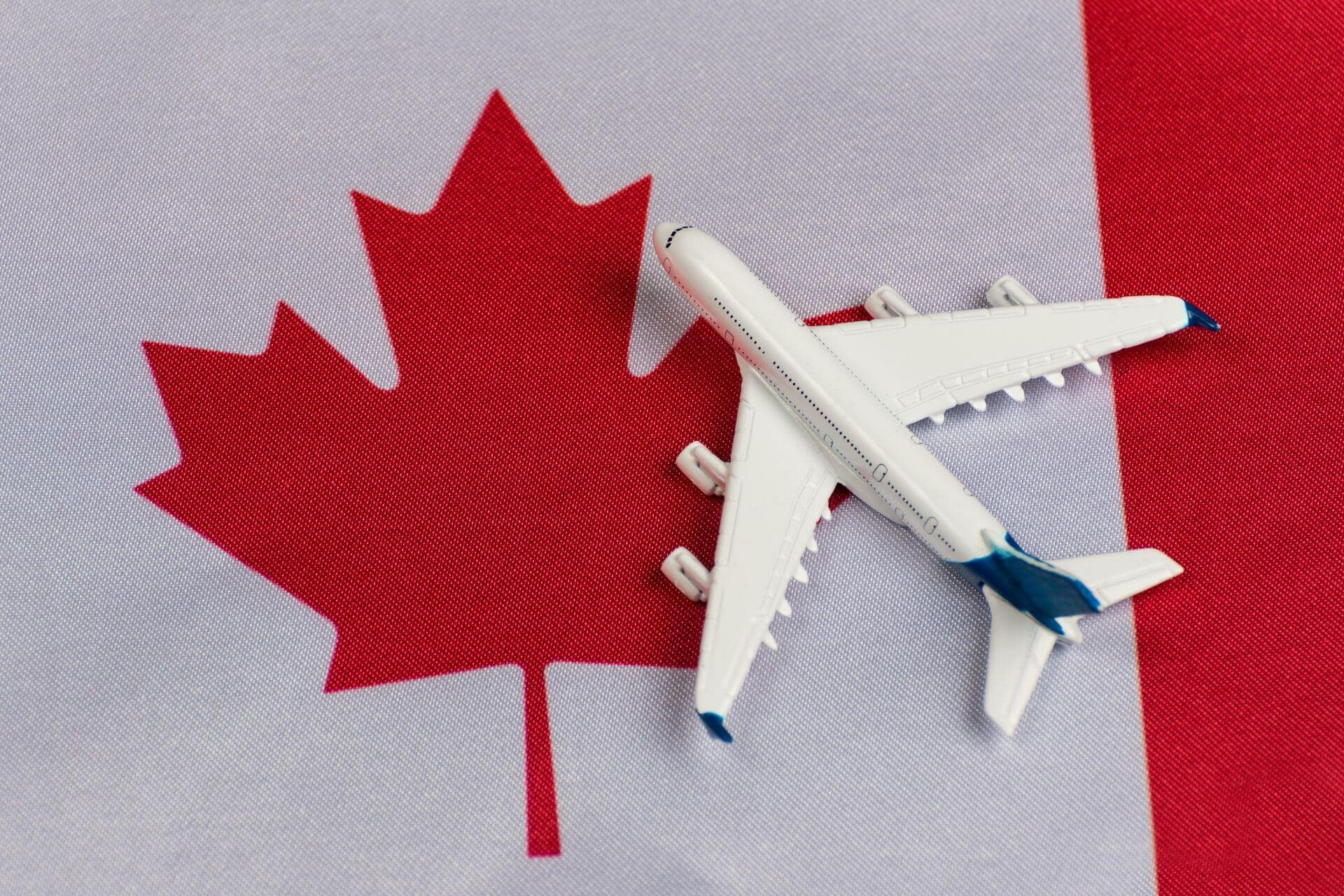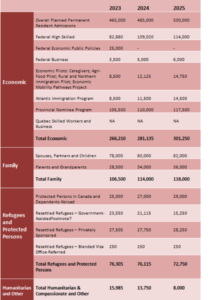- Winny Immigration and Education Services Ltd
- inquiry@winnyimmigration.com

In an effort to curb a chronic labour shortage by welcoming more newcomers, the Canadian government announced plans to welcome an unprecedented 1.45 million newcomers over the next three years.
The federal government will target 465,000 new immigrants in 2023, 485,000 in 2024 and 500,000 in 2025 under its new Immigration Levels Plan, said Immigration Minister Sean Fraser.
According to the previous Immigration Levels Plan released in February, Canada is already on track to meet the 431,645 target for 2022.
Fraser announced that 301,250 new immigrants would be admitted into the Economic Class alone, continuing Canada’s commitment to helping businesses that suffer from chronic labour shortages.
According to Immigration, Refugees and Citizenship Canada, immigration accounts for almost 100 percent of Canada’s labour force growth and 100 percent of its population growth by 2032.

Economic Class
Newcomers to the Economic Class will mainly come from the Provincial Nominee Program and Federal High Skilled categories.
In 2023, there will be 105,000 PNP newcomers, 110,000 in 2024, and 117,500 in 2025.
A total of 82,880, 109,020, and 114,000 immigrants will come to Canada through the Federal High Skilled stream, mainly managed by Express Entry, in 2023, 2024, and 2025, respectively.
The stream includes newcomers through the Federal Skilled Worker, Federal Skilled Trades and Canadian Experience Class programs.
The Atlantic Immigration Program will also grow to 14,500 newcomers by 2025, and other economic pilots to 14,750.
Family Class
Canada’s Family Class category will grow to 106,500 in 2023, then 114,000 in 2024 and 118,000 by 2025.
Approximately 82,000 newcomers are expected from family sponsorships by 2025, primarily spouses, partners, and children. However, there will also be room for a record number of parents and grandparents, at 36,000 by 2025.
Refugees
It is expected that Canada will continue to welcome large numbers of refugees in the future, including 76,305 in 2023, 76,115 in 2024, and 72,750 in 2025.